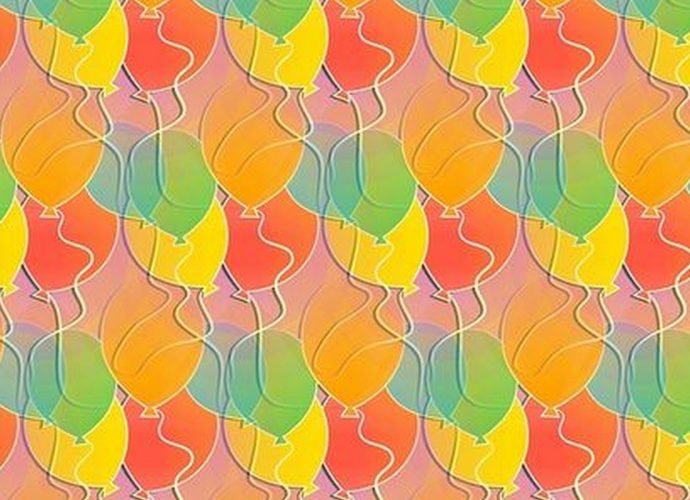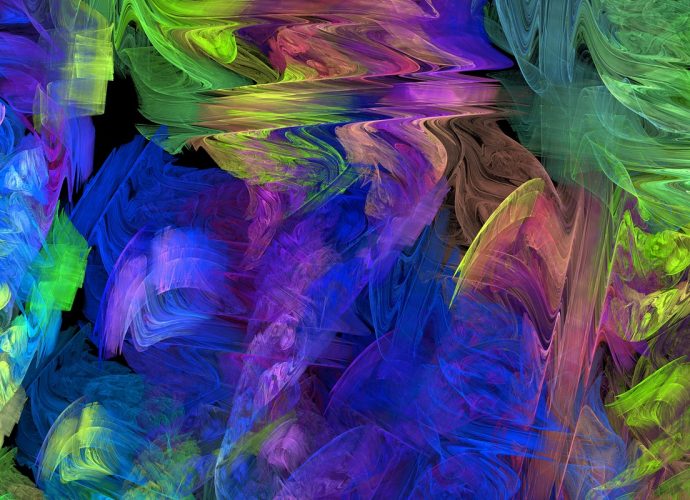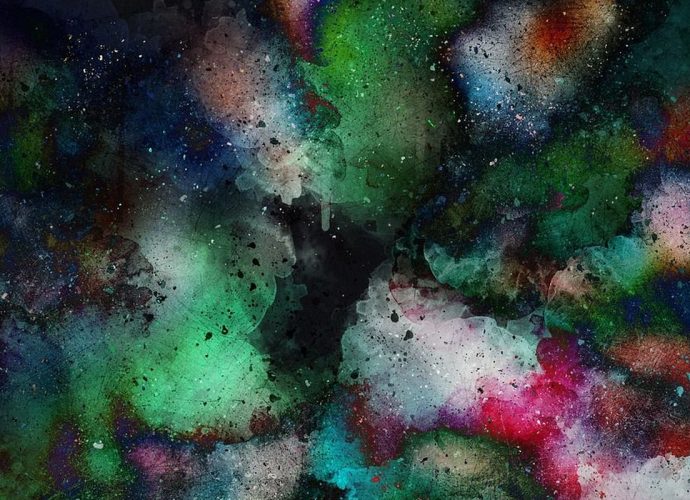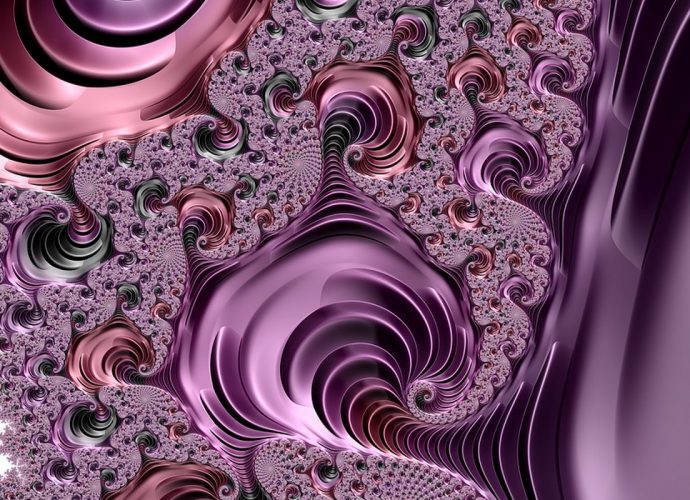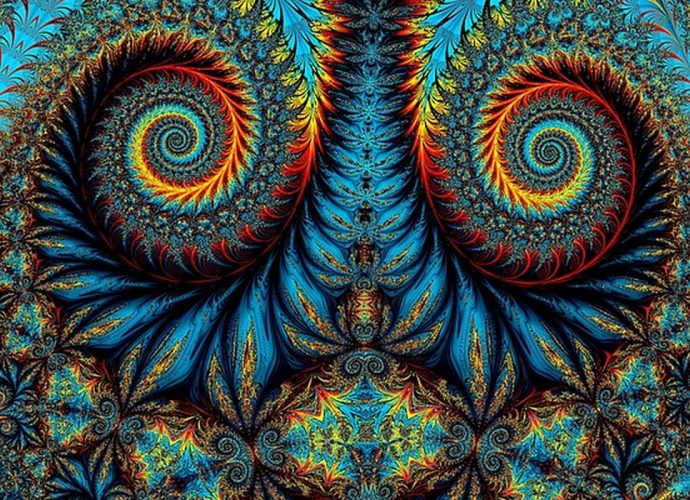What Is The Most Common Anatomical Location For A Dermoid Cyst?
Dermoid cysts are caused when skin and skin structures become trapped during fetal development. Their cell walls are nearly identical to those of the outer skin and may contain multiple skin structures such as hair follicles, sweat glands, and sometimes hair, teeth, or nerves. How do you know if youRead More →
